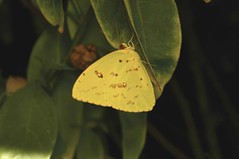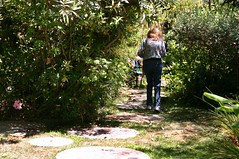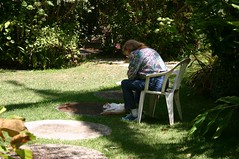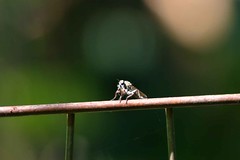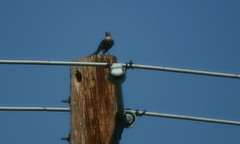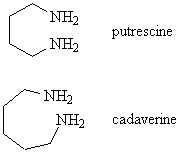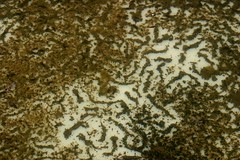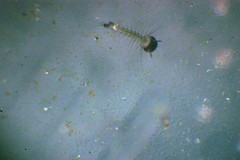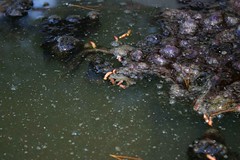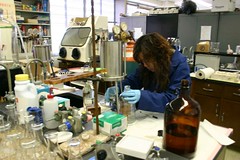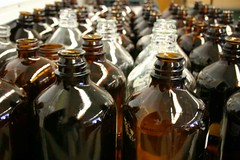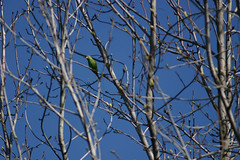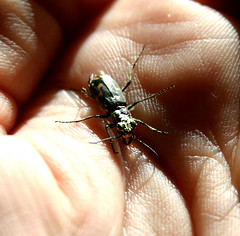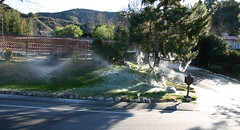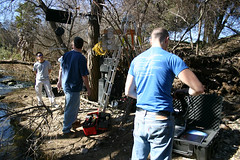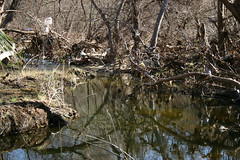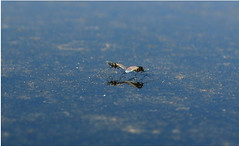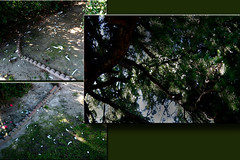
Back up in the Mountains.... I am still counting bugs caught in 2005 just after the storms and then, months after them. I thought it would be a good idea to shoot some shots of the area before the rains come. So far it has been a very hot and dry summer and fall. Yesterday, on November 20, it was in the high nineties! That is crazy! We are supposed to get some cooling soon... I hope. The air is dry and so is the forest.
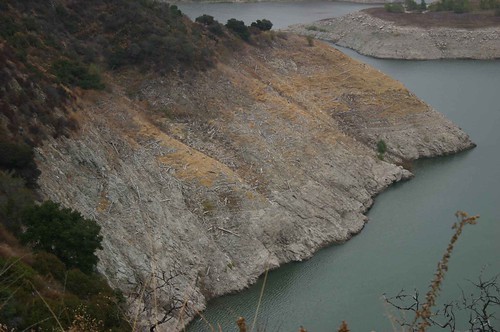
I was just able to get just a small section of the reservoir and the mountains surrounding them. Ran out of time and my battery died!
If you look at the side of the reservoir, you can see what appears to be sticks thrown up on the banks. Those 'sticks' are tall 15 foot+ trees that were ripped out from the 100 year storm in 2004/2005. Whole areas of the forest was pulled out from their roots and thrown into this body of rushing water that left scars on standing trees in some places 6 feet at the lowest, or acres of trees left standing like sticks with no limbs to call their own.....
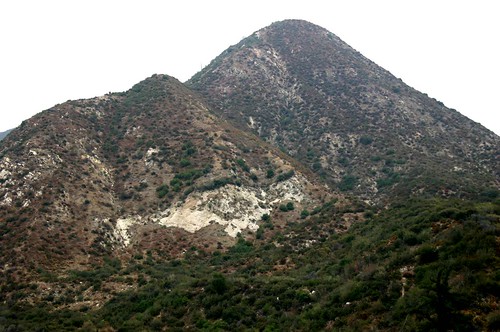
What strikes me is that there is something that is invading these mountains.
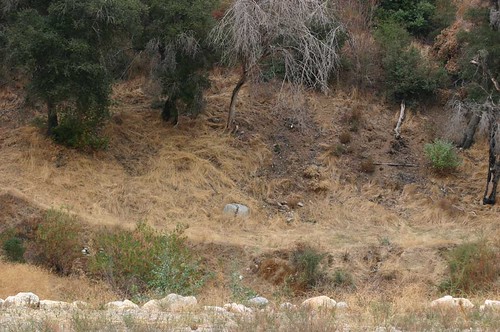
Many areas next to roads and public access are patches... I would say, growing patches of dry dirt and weeds. Something is creeping up into the forest under the brush. Weeds. Look how they die and fall over. Like little pyres. Almost as if goats have walked to and fro but they haven't. It's just the way these weeds die. I wonder if they are doing other things to this forest besides exposing it to conflagrations? Could they be interfering with the forest's ability to take up important nutrients? Or just out competing the California natives for space?
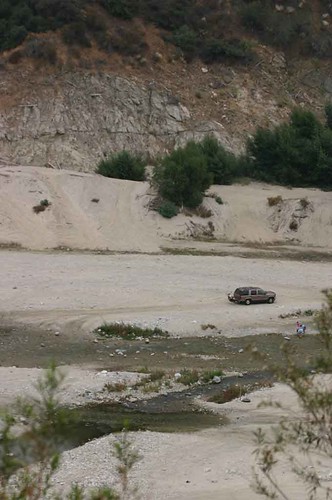
Taking out the public access to the forest roads would be a loss for many people. I would miss my jaunts into the wild. I just wish that people didn't need to do some things in our National Heritage.



